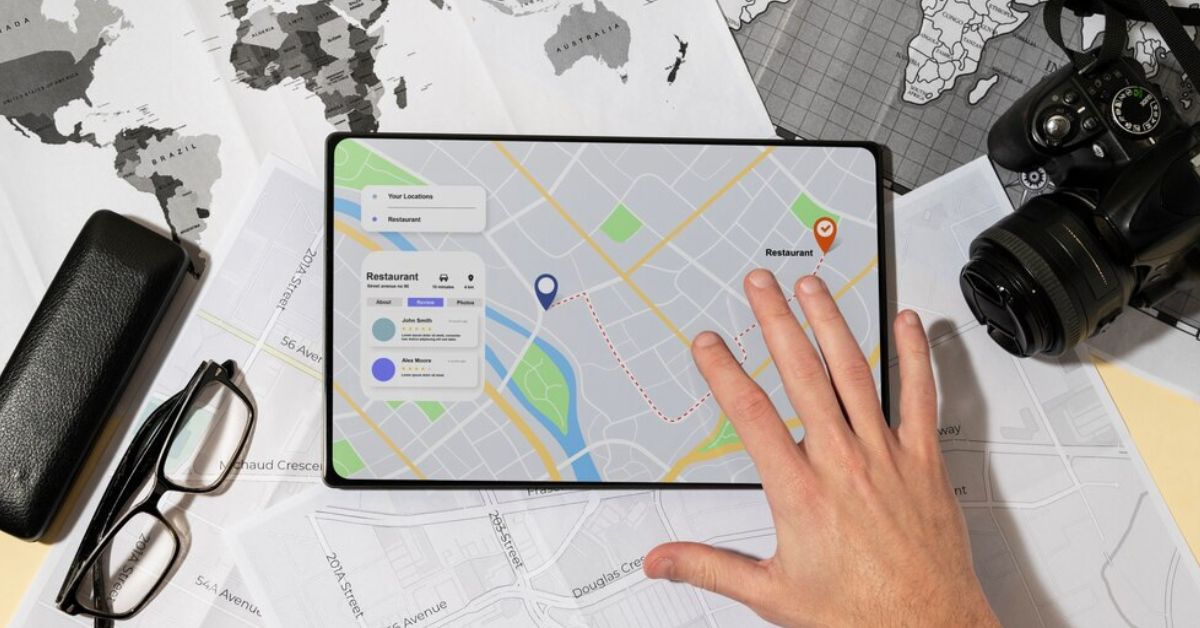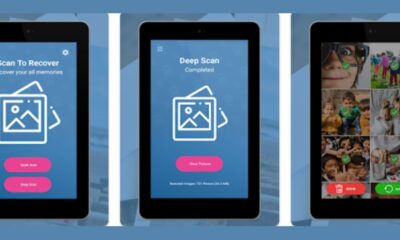Tech
Ùmap: A Comprehensive Guide to the Evolution of Mapping

Ùmap represents a radical shift in the mapping industry, shifting focus from static printed maps to dynamic digital platforms. The way we move and explore our surroundings has been affected by this revolution, which has influenced many industries, including city planning, logistics, and disaster response.
Evolution of Mapping Ùmap
Paper Maps to Digital Maps
Mapping has gone through a tremendous evolution from simple paper maps to complex digital systems. The introduction of digital mapping technology has completely changed the game, rendering paper maps obsolete for navigating and accessing geographical information.
Ómap offers several advantages over conventional maps. Their interactive elements, real-time updates, and dynamic components enhance accessibility and spatial awareness. Not only has this innovation changed the way we navigate, but it has also greatly improved the feasibility of data analysis and decision-making.
Importance of Digital Mapping
An ùmap Modern urban planning, logistical optimization, and catastrophe response all rely heavily on digital mapping technology. These technologies offer unparalleled efficiency and effectiveness by providing easily available, up-to-date, and accurate data.
Visualizing cityscapes, finding potential development locations, and optimizing infrastructure efficiency are all tasks that urban planners do with the use of computerized maps. the ùmap. With the use of mapping software, logistics companies can optimize delivery routes and cut transportation costs You need also to know about qxefv. In the aftermath of disasters, rescue groups utilize digital maps to better allocate resources and organize relief efforts.
Ùmap Variable Mapping Technologies
GIS (Geographic Information Systems)
The mapping business has been revolutionized by GIS, which allows for the online construction, customization, and sharing of maps. Since these tools enable businesses to examine trends, patterns, and linkages that would be inaccessible on conventional maps, they may provide valuable, in-depth insights.
The mapping business has been revolutionized by GIS, which allows for the online construction, customization, and sharing of maps. Companies may benefit from these technologies’ in-depth insights and improved decision-making by analyzing trends, patterns, and relationships that can be missed on conventional maps.
VR Maps
Virtual and augmented reality maps have completely changed the way people engage with digital geographic data. Users may now experience breathtakingly lifelike 3D worlds without ever leaving their desks or homes. Smartphones and other augmented reality devices enhance data display and spatial analysis by combining virtual aspects with real situations.
Interactive Online Maps Ùmap
Interactive online maps have made it much easier to study and explore geographical data, thanks to the merging of technology and cartography. Including demographic and environmental data is as simple as clicking a button for the user. An engaging and enjoyable way to connect with geographical information is this interactive technique.
Flexible Mapping Technologies
Many industries, including urban planning, healthcare, retail, and agriculture, stand to gain from the real-time updates and dynamic data enabled by flexible mapping technology ̙map. Collaborative map-making in real-time is possible on interactive online maps.
Challenges in Mapping Technologies
There are benefits and downsides to mapping technology. A lengthy learning curve, inaccurate mapping data, and ethical concerns about the exposure of personal information are among these concerns.
Future of Mapping Technology
Artificial intelligence and machine learning advancements will influence future map creation methods. The final product will include real-time data updates, improved geographic visualisation tools, and more precise 3D mapping. New and exciting opportunities for smart city development and effective resource management have emerged with the advent of the Internet of Things (IoT).
Conclusion
An Ùmap In conclusion, modern technology has brought about a sea change in the information era with the advent of strong tools for mapping, data visualization, and geographical analysis, such as geographic information systems (GIS), virtual reality (VR), augmented reality (AR), and interactive web maps. Despite the challenges, these technologies have immense potential to influence enterprises and decision-making. Thanks to our insatiable appetite for innovation and boundless potential, the future of mapping technology looks brighter than it ever has.
FAQs
- What is Ùmap?
From static paper maps to interactive online platforms, Ùmap traces the whole development of mapping.
- How has digital mapping revolutionized navigation?
Improved spatial awareness and accessibility are two outcomes of digital mapping’s real-time updates and dynamic features.
- What are the applications of GIS in mapping?
Personalized maps, trend analysis, and better decision-making across sectors are all made possible by GIS.
- How do VR maps enhance geographical data interaction?
Virtual reality (VR) maps let users explore realistic 3D landscapes while combining virtual elements with their actual environments.
- What is the future of mapping technology?
Improved data visualization and resource management are on the horizon for mapping technology because to developments in artificial intelligence, machine learning, and internet of things (IoT) integration.
-

 Entertainment6 months ago
Entertainment6 months agoBaddieHub: Transforming the Landscape of Digital Empowerment
-

 Health & Fitness4 months ago
Health & Fitness4 months agoThe //vital-mag.net blog The Complete Resource for Health
-

 Review8 months ago
Review8 months agoεμφανιση σβισμενον φωτογραφιων: Restoring Deleted Photos Made Easy
-

 Review7 months ago
Review7 months agoGet in Touch with TurboGeekOrg: Maximizing Your Experience on the Ultimate Tech Platform















Pingback: Mastering the CoWordle Challenge: A Comprehensive Guide